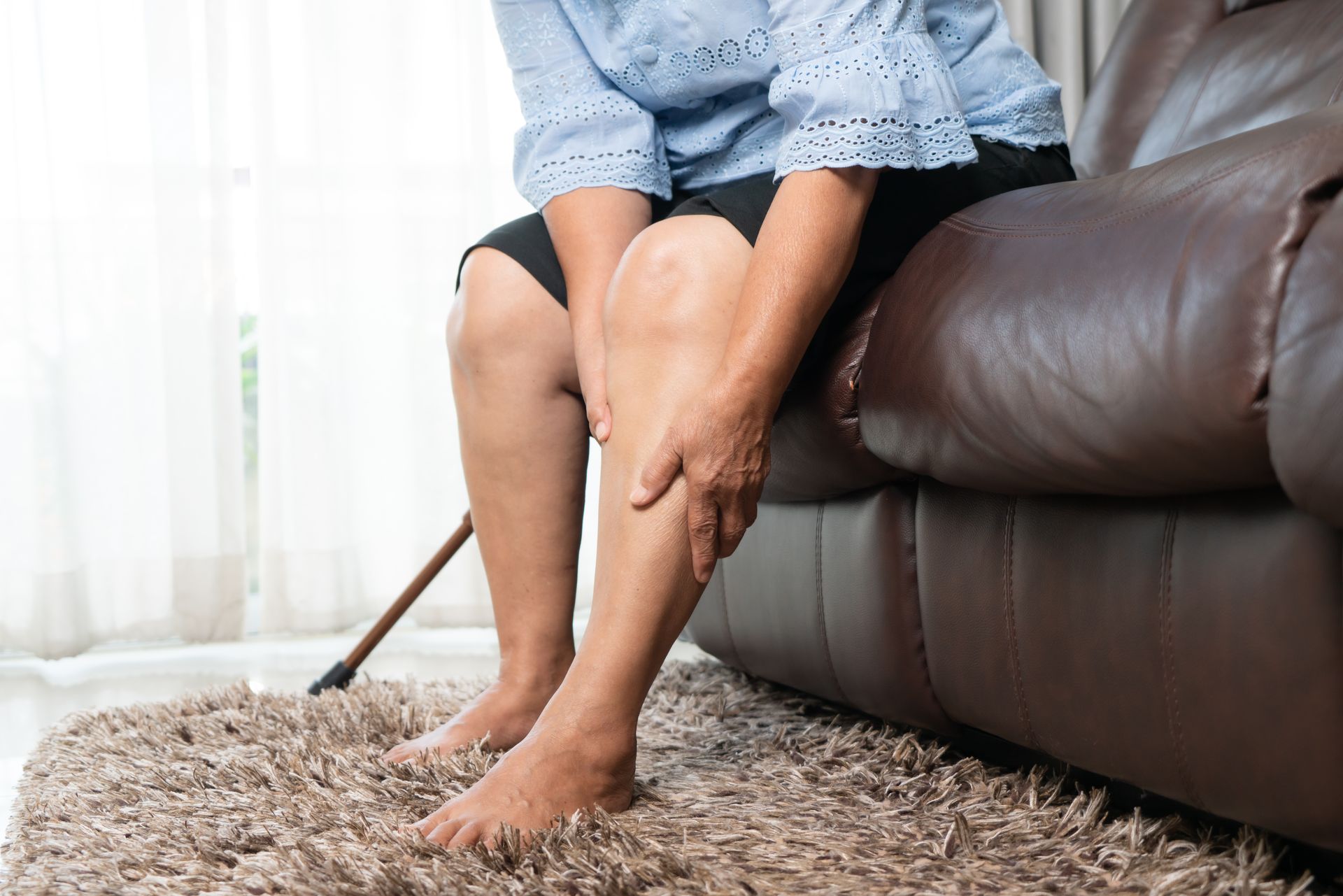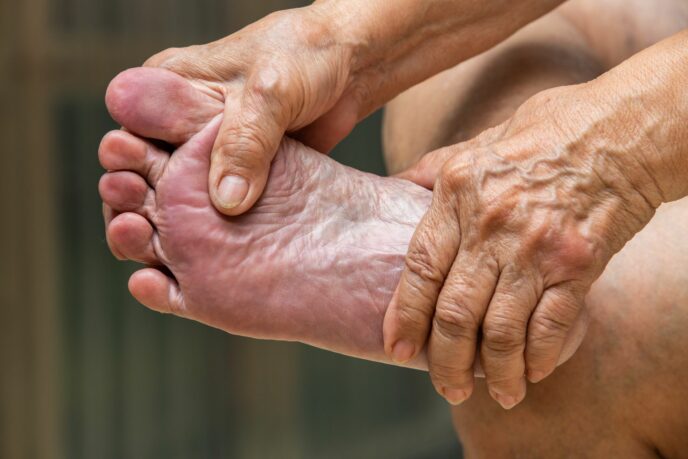
What You Dont Know About Critical Limb Ischemia Could Cost a Limb
When a patient is diagnosed with peripheral artery disease (PAD), they may not know how rapidly (and invisibly) the disease can progress. As plaque builds up in the patient’s arteries, what starts as general leg pain or calf pain can lead to leg pain at rest, foot ulcers, or even limb amputation—if left untreated. Patients with PAD also have a high risk of heart attacks, strokes, and death if not identified and cared for early.
Symptoms may present late, or the disease may progress in severity to critical limb ischemia (CLI), characterized by foot or leg pain that wakes patients from sleep, or wounds that don’t heal within 1-2 weeks. Patients may also have coolness and discoloration of the toes, and brittle or infected nailbeds as a sign of CLI. This is especially true for patients with diabetes or chronic kidney disease who may also be affected by damage to their nerves (neuropathy) and not be able to feel pain in their legs or feet—or for people with limitations that prevent them from seeing their lower extremities.
In as little as a week, the damage caused by CLI can be so severe that amputation may seem necessary. Unfortunately, even for patients for whom the disease is stable, amputation is often considered the only option—despite being associated with devastating consequences. We believe patients deserve better.
Have a foot wound that isn’t healing in a week?
Contact us immediately for a consultation.
Amputation is NOT the only option
Amputation, which includes the partial or complete removal of a limb, has been the most traditional way to treat severe CLI. It’s what doctors know and, for many, it’s what has worked for their patients. In fact, within a year of the onset of CLI, up to 50% of patients require an amputation. Diabetic patients have an even higher need for a major amputation (up to five to ten times higher).
Due to the rapid progression and serious effects of CLI, the time between an amputation recommendation and the procedure itself can be short. Even when patients have the time and wherewithal to search for other options, because amputation is presented as being in their best interests (or as the only option available), they may not seek alternatives—or even know that others exist.
80-90% of patients can avoid a major amputation with specialized care.
Amputation can have immense health consequences
There is a prevailing myth that amputation is less dangerous and less invasive than other treatment options. This simply is not true.
“Many doctors may not see beyond the anecdotal evidence of their own patients—who they may not see again until long after the amputation. The data around the long-term effects of amputation tell a different story.”
– Dr. Kevin Herman
While amputation can help prevent CLI from causing further damage in other areas of the body, it also causes most patients to deteriorate rapidly. It can even shorten their lifespan.
Amputations are associated with high mortality
- 25% of patients who receive an amputation die within 1 year
- 50% of patients who receive an amputation die within 3 years
- 85% of patients who receive an amputation die within 5 years
- Only 25% of patients who get an amputation are healed and able to walk after one year
In addition to shortening survival, amputation can negatively impact a patient’s quality of life, and may lead to depression and loss of independence. To make matters worse, patients with minor or major amputations are more likely to require another major amputation of the same or opposite limb over the next four years. What starts with a toe can lead to a foot and, ultimately, the entire leg—and so the cycle continues.
We save more than 80% of limbs recommended for amputation
At American Endovascular & Amputation Prevention, we perform sophisticated, non-surgical treatments that target the underlying cause of CLI: plaque buildup in the arteries. Using specialized catheters and sophisticated image-guided technology, we’re able to remove the plaque and restore blood flow—preventing amputation altogether. Access to advanced and “non-cutting” edge technologies and research provide our patients the best possible ability to get the care they deserve.
In fact, we can even save the limbs that others can’t. Our Interventional Radiologists and Endovascular Specialists are world-renowned in the field of COMPLEX lower extremity PAD and CLI treatments. With early access to proprietary tools and the most advanced medical technologies available, they’re able to restore blood flow for a wide variety of patients, even in “no option” situations deemed untreatable.
When compared to amputations, our non-surgical treatments offer:
- Minimal discomfort
- Fewer complications
- Shorter recovery periods
- Extremely high success rates
More than anything, we know that living with critical limb ischemia can be devastating. It’s been our lifelong passion to help patients feel empowered when facing such complex medical problems. To date, we’ve helped thousands of patients return to the lives they love—and nothing has been more rewarding.
“One of our patients was told he needed a major amputation. He came to us, and we performed a single procedure that had incredible results—even after other doctors told him there was no option. Now the patient is happy to come back and visit, even when he doesn’t need to.”
– Dr. John H. Rundback
Being your own advocate can lead to a longer, healthier life
The unfortunate reality is that, due to the myths about amputation, many doctors may recommend it as an only option. They simply may not know that alternatives exist or that amputations can produce such severe consequences—but you do.
Getting a second opinion could help save a limb, and even save a life.
If you or someone you know suffers from CLI, contact us today.
Related Blogs & Videos
Learn more about vascular health, prevention, and care for Peripheral Artery Disease.




